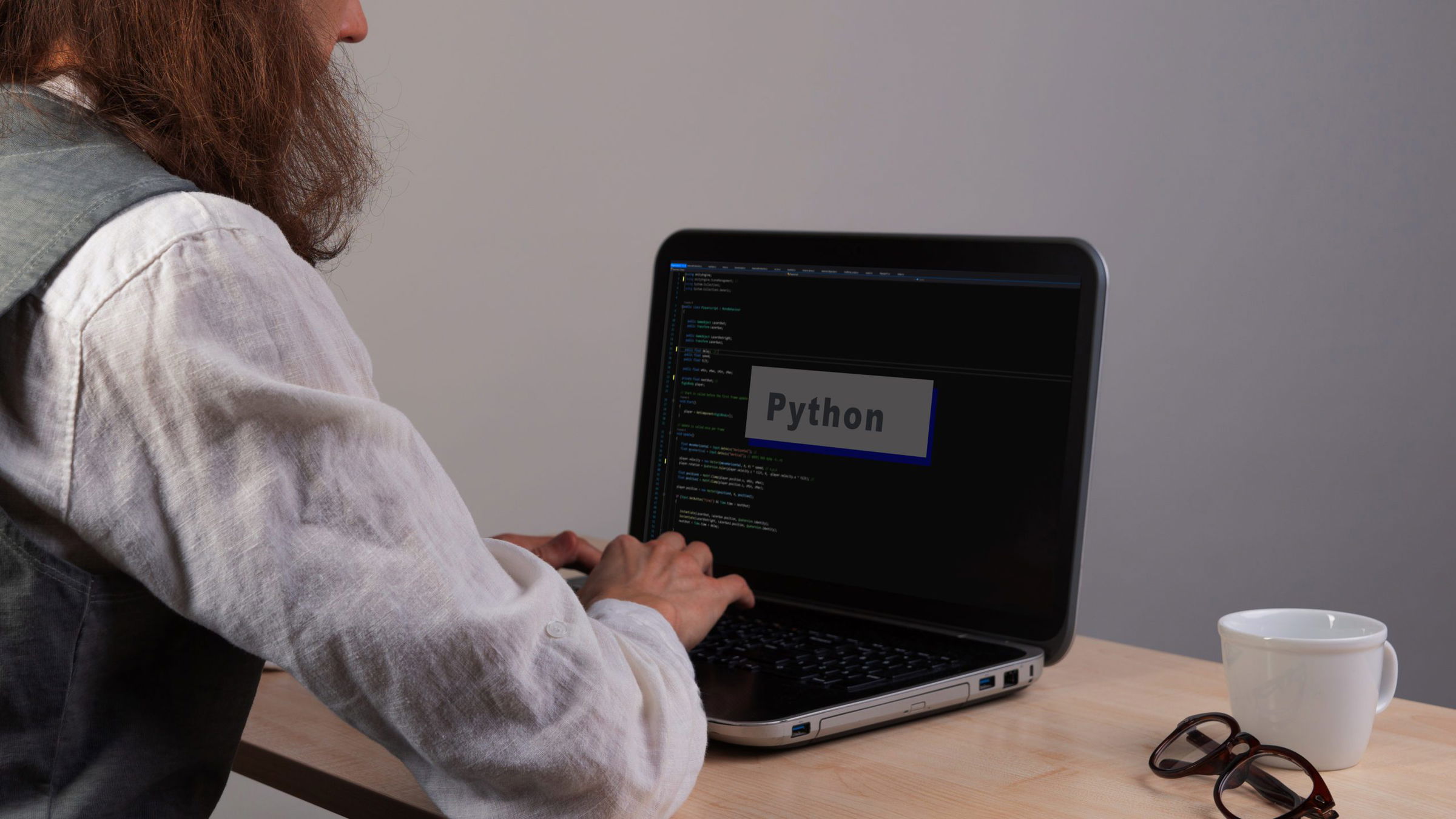Python is a high-level programming language that Guido van Rossum created in 1989. It’s also great for beginners because it has a simple syntax that makes it easy to write code. Python is an open-source language, and you can download it for free. You can use Python on your computer or in the cloud!
Python is the most popular language for data scientists and AI. A common myth is that it’s hard to learn Python, but this guide will show you how to learn Python online in 2022!
How to learn Python online?

Python is an interpreted, object-oriented, high-level, dynamically semantic programming language. It is particularly appealing for Rapid Application Development and for usage as a scripting or glue language to tie existing components together due to its high-level built-in data structures, dynamic typing, and dynamic binding.
You can learn Python online, but you might want to consider taking a class. There are many great ways to learn Python online.
Here are just a few:
- Python tutorials
- Python documentation
- The Python community (forums and meetups)
- Books and videos on YouTube.
Here are a few reasons to learn Python in 2022
If you’re just getting started with coding and are wondering whether or not you should learn Python, here are three reasons why it’s a great choice:
- Python is easy to understand. The syntax is relatively simple compared to other programming languages. There are also plenty of tutorials available online that explain how to use its various functions.
- Python is suitable for general-purpose programming. Whether you want to write scripts for your personal computer or build web applications on top of the Django framework, Python has all the tools necessary for creating basic software programs in various domains like science and finance.
- Python can improve your coding skills across multiple languages: Most programming languages have used the concepts behind object-oriented design since their creation in the 1990s. So once you’ve mastered using them with Python’s syntax structure, it should be reasonably easy to switch to another language.
Bonus reason to learn Python as a data scientist.
Another great reason to learn Python is that you can use it for data analysis and machine learning. If you’re looking for a language that can help you with your career in data science, then Python is the best choice for many reasons:
- It’s easy to learn and use
- It’s easy to read
- It’s easy to maintain
- It’s easy to share (useful for collaboration)
- Python is easy to scale
Discover Python Training courses with Imarticus Learning
We build predictive models that improve business outcomes by learning how data science gets applied in the real world. This ensured placement program is appropriate for professionals and recent graduates who wish to pursue a career in data science and analytics.
Course Benefits For Learners:
- Learn how to use Tableau to master the abilities of Python for data science, SQL, data analytics, machine learning, and data visualization.
- 25 in-class, real-world projects will help you master data science abilities. Participate in hackathons, capstone projects, and mock interviews to develop practical skills.
- Our curriculum includes capstone projects, real-business initiatives, pertinent case studies, and mentoring from relevant industry professionals to assist you in becoming a skilled data scientist.











 Independent Learning
Independent Learning 
 Python sits at the fourth position in the TIOBE index, which tracks the popularity of computer programming languages. Diverse use cases and popularity make Python a favorite choice of many fields. This brings good compensation benefits as well.
Python sits at the fourth position in the TIOBE index, which tracks the popularity of computer programming languages. Diverse use cases and popularity make Python a favorite choice of many fields. This brings good compensation benefits as well.